ELAR K.2
Developing and sustaining foundational language skills: listening, speaking, reading, writing, and thinking--beginning reading and writing. The student develops word structure knowledge through phonological awareness, print concepts, phonics, and morphology to communicate, decode, and spell. The student is expected to:
- (1) demonstrate phonological awareness by:
- (A) identifying and producing rhyming words;
- (i) recognizing spoken alliteration or groups of words that begin with the same spoken onset or initial sound;
- (ii) identifying the individual words in a spoken sentence;
- (iii) identifying syllables in spoken words;
- (iv) manipulating syllables within a multisyllabic word; and
- (v) blending syllables to form multisyllabic words;
- (vi) segmenting multisyllabic words into syllables;
- (vii) blending spoken onsets and rimes to form simple words;
- (viii) blending spoken phonemes to form one-syllable words;
- (ix) segmenting spoken one-syllable words into individual phonemes;
- (x) demonstrate and apply phonetic knowledge by:
- (B) identifying and matching the common sounds that letters
represent;
- (i) using letter-sound relationships to decode, including VC, CVC, CCVC, and CVCC words;
- (ii) recognizing that new words are created when letters are changed, added, or deleted such as it - pit - tip - tap; and
- (iii) identifying and reading at least 25 high-frequency words from a research-based list;
- (iv) demonstrate and apply spelling knowledge by:
- (C) spelling words with VC, CVC, and CCVC;
- (i) spelling words using sound-spelling patterns; and
- (ii) spelling high-frequency words from a research-based list;
- (iii) demonstrate print awareness by:
- (D) identifying the front cover, back cover, and title page
of a book;
- (i) holding a book right side up, turning pages correctly, and knowing that reading moves from top to bottom and left to right with return sweep;
- (ii) recognizing that sentences are comprised of words separated by spaces and recognizing word boundaries;
- (iii) recognizing the difference between a letter and a printed word; and
- (iv) identifying all uppercase and lowercase letters; and
- (v) develop handwriting by accurately forming all uppercase and lowercase letters using appropriate directionality.
- (A) identifying and producing rhyming words;
- Free Plan

Phoneme Segmentation - Count and Hook Task Cards
Help students gain mastery in phoneme segmentation with these hands-on count and hook task cards.
- Free Plan
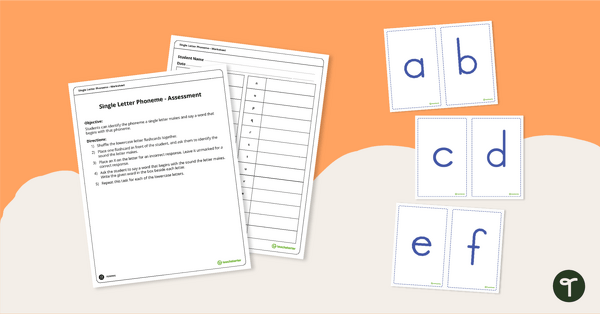
Quick Phonics Screener- Single Letter Phoneme
Test your students' knowledge of single letter phonemes with this student assessment kit.
- Plus Plan

Sweet Sight Words Worksheet - SAY
Practice reading, writing, and identifying the high-frequency word “say” from the Kindergarten-level Dolch sight words list.
- Free Plan

CVCC Word Work Mat
Practice segmenting and spelling simple words with this set of 24 CVCC picture task cards.
- Free Plan
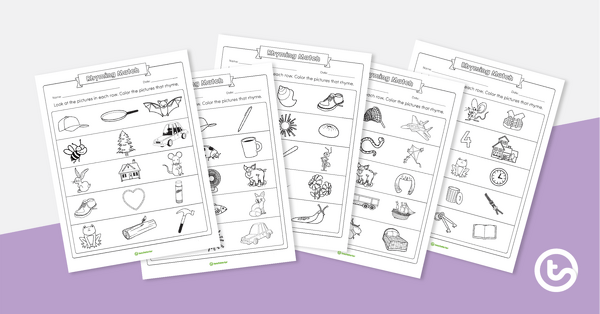
Rhyming Match Worksheet Pack
Identify rhyming words through images with this set of 5 worksheets.
- Free Plan
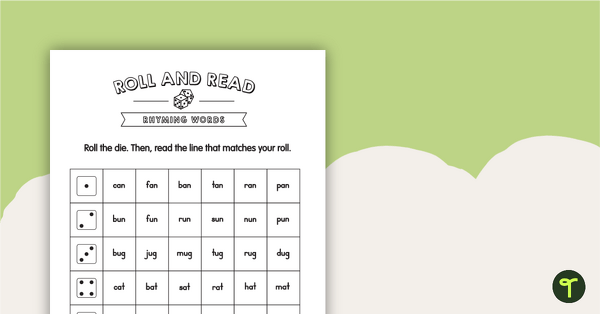
Roll and Read – Rhyming Words
A fun game for students to practice reading rhyming words.
- Free Plan

Initial Sounds - Fingerprint Art Activity
A cute way to keep track of the single sounds that have been introduced to your students.
- Plus Plan
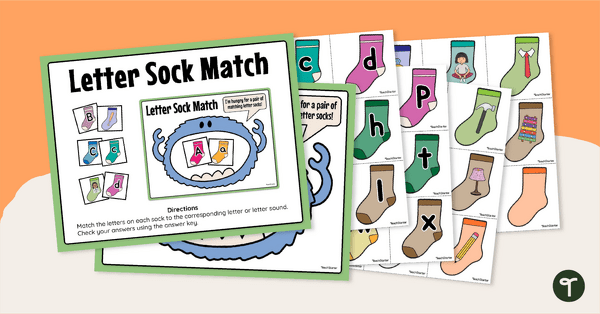
Sock Letter Matching Activity
Match socks together for a great letter matching activity where the lowercase letter, uppercase letter and beginning sounds are matched.
- Plus Plan
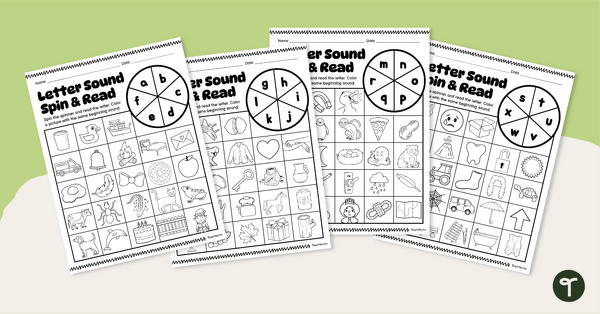
Beginning Sounds Phonics Worksheets for Kindergarten
Use these beginning sounds phonics worksheets for kindergarten to explore single grapheme correspondence with your students.
- Free Plan
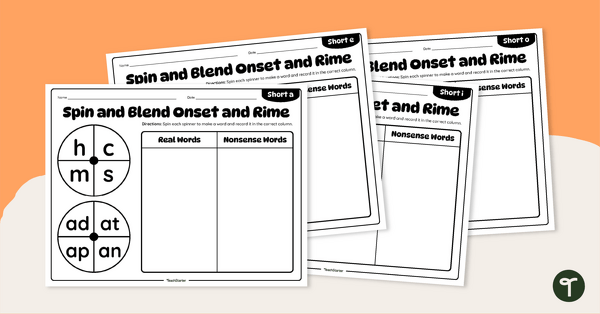
Spin and Blend Onset and Rime Pack
Practice blending onset and rime words with this set of spin and blend worksheets.
- Plus Plan
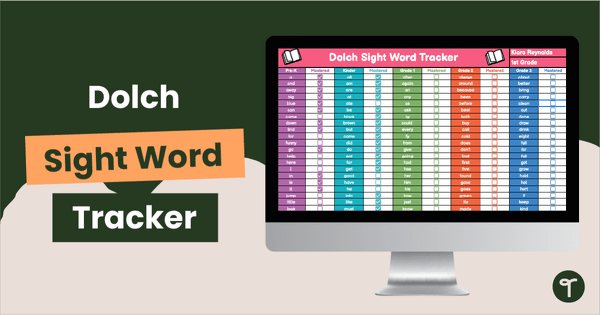
Dolch Sight Word Tracker - Google Sheets
Track mastery of Dolch Sight Words using a digital Google Sheets Sight Word tracking spreadsheet
- Plus Plan
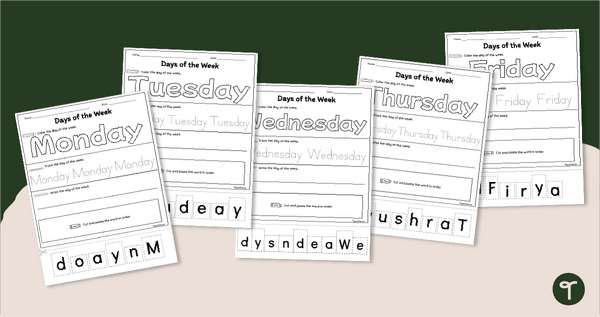
Days of the Week Spelling Worksheets
Use these Days of the Week Spelling worksheets to help your students practice reading, writing, and spelling the Days of the week.
- Plus Plan
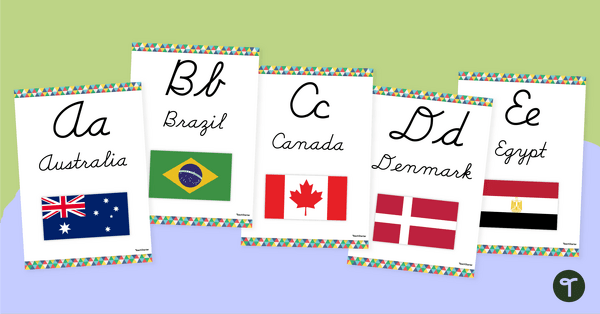
Flags of the World - Classroom Alphabet Line
Display the alphabet in print or cursive with a unique Flags of the World Alphabet Line.
- Free Plan
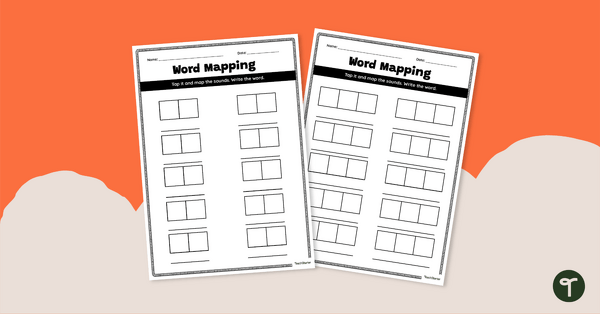
Word Mapping Recording Sheets
Practice mapping out words and segmenting their phonemes using these word mapping templates.
- Free Plan
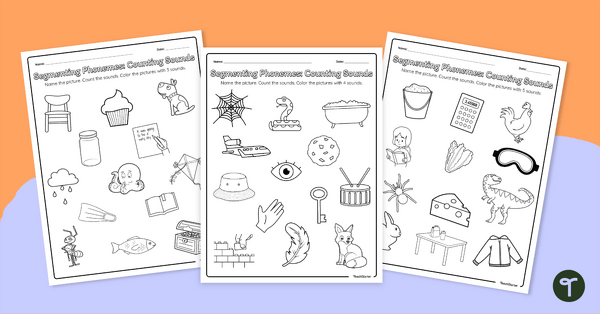
Count and Color Sounds - Phoneme Counting Worksheets
Count and color the images that have 3 phonemes, 4 phonemes, and 5 phonemes in this worksheet set.
- Plus Plan

How Many Phonemes? Worksheets
Practice counting the number of phonemes in common words with the set of five phonics worksheets.
- Plus Plan
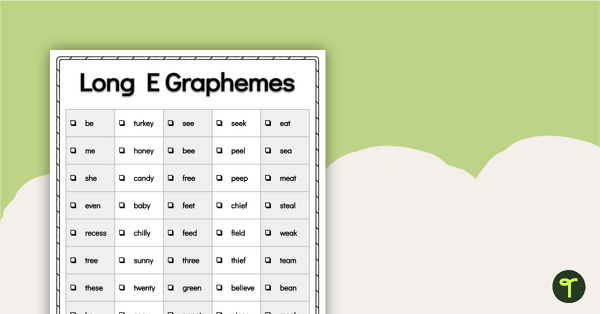
Word Study List - Long E Words
Explore and practice the many ways to spell the long E sound with a list of 50 long E words.
- Free Plan
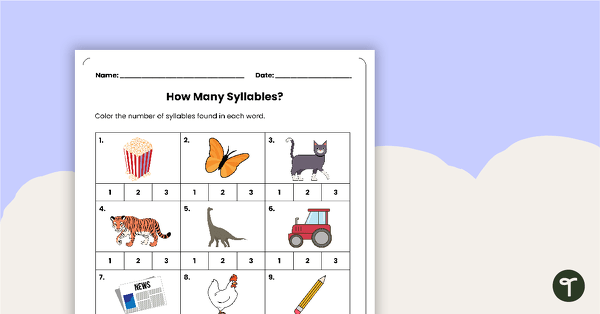
How Many Syllables? - Worksheet
Practice counting syllables in spoken words.
- Free Plan
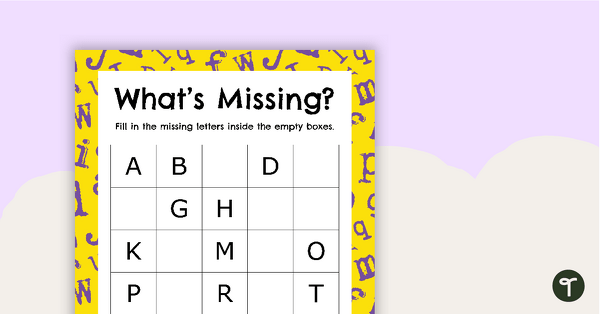
What's Missing? - Alphabet Worksheet
A set of worksheets to practice writing the letters of the alphabet in order.
- Plus Plan
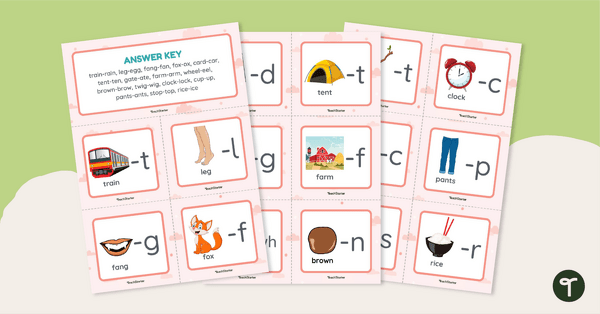
Phoneme Deletion Match-Up Activity
Explore phoneme deletion with initial and final phonemes with your students, and make new words using this 32 card game.
- Plus Plan

My Little Sight Word Book - Editable
An editable little book for learning sight words.
- Plus Plan
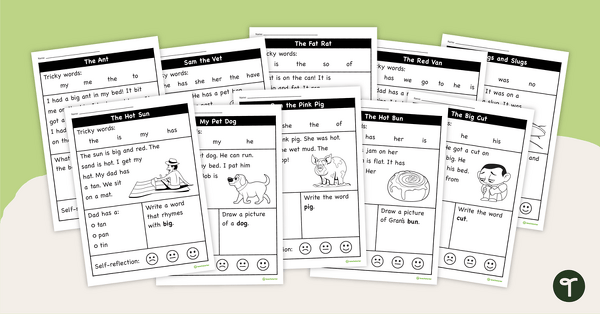
Decodable Text Worksheets – Set 1
A set of 10 decodable text worksheets for early readers.
- Free Plan
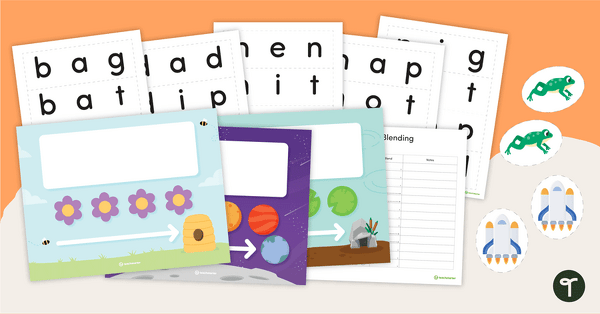
Segmenting and Blending Mats
A set of beautifully designed templates for students to practice blending and segmenting words.
- Plus Plan
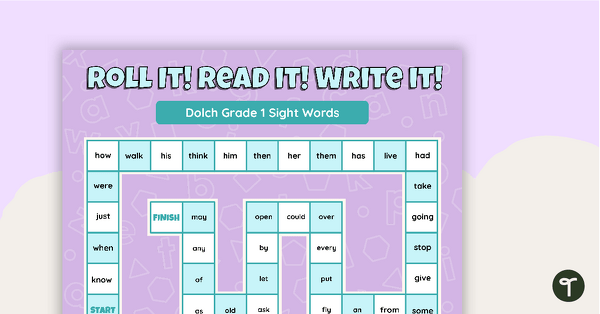
Roll it! Read it! Write it! Dolch 1st Grade Sight Words
Practice reading and writing Dolch’s first grade high-frequency words with this board game for multiple players.
- Plus Plan
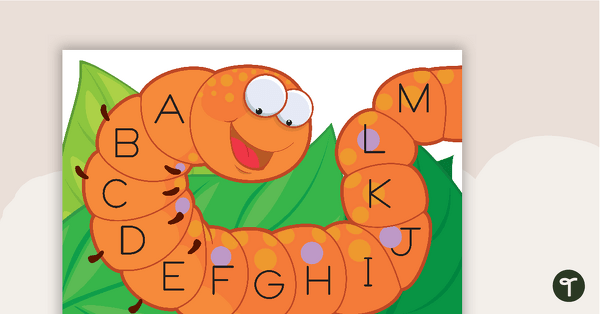
Alphabet Matching Caterpillar Activity
A vibrant and fun activity to teach lowercase and uppercase to young children.
- Free Plan
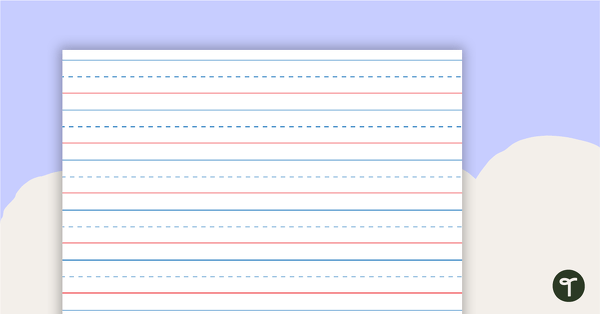
Handwriting Paper with Dotted Middle Line - Landscape
Handwriting paper for beginning writers.
- Plus Plan

Beginning Sounds Mystery Task Cards
Help students apply letter-sound correspondence with this set of 20 task cards.
- Plus Plan
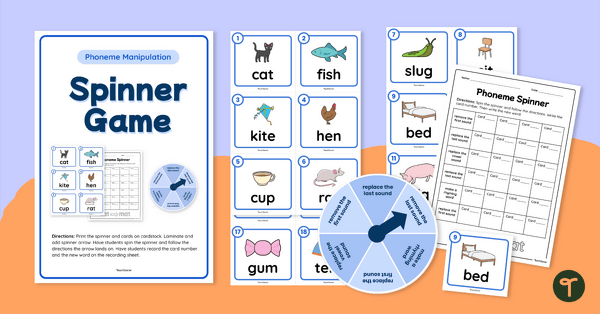
Phoneme Manipulation Game
Explore phoneme manipulation with your students using this fun phoneme manipulation game.
- Plus Plan
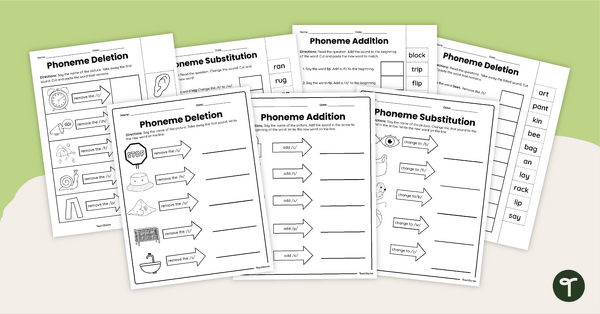
Phoneme Manipulation Worksheet Pack
Use these phoneme manipulation worksheets to help students develop their phonemic awareness skills.
- Plus Plan

CVC Successive Phoneme Blending Task Cards
Help students blend CVC words by using the successive blending technique with this set of easy to use phoneme blending task cards.
- Plus Plan
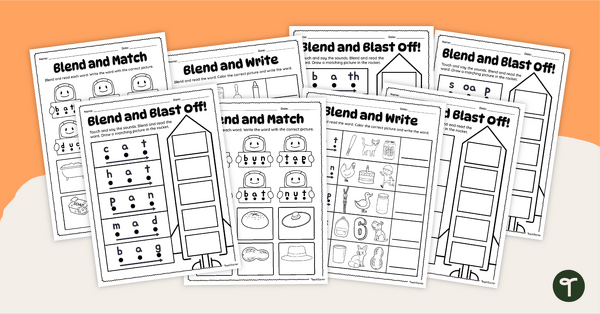
Blending Words Worksheet Pack
Explore blending phonemes in a variety of ways using this worksheet pack for your students.
- Plus Plan
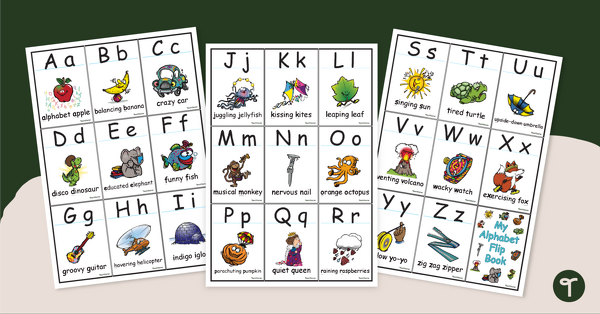
Alphabet Flashcards
Use these alphabet flashcards to help familiarize your students with the letters of the alphabet and their corresponding sounds.